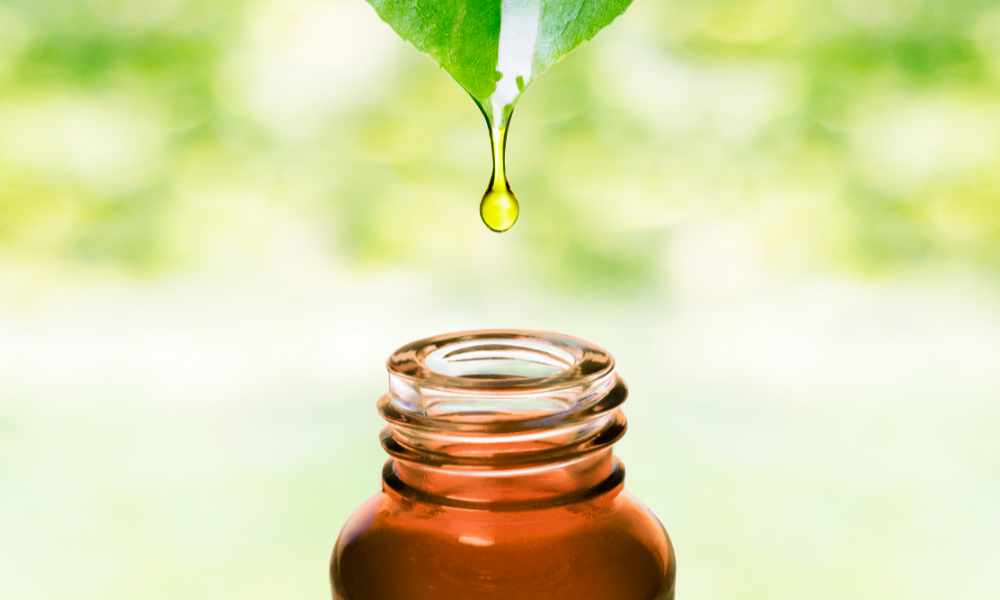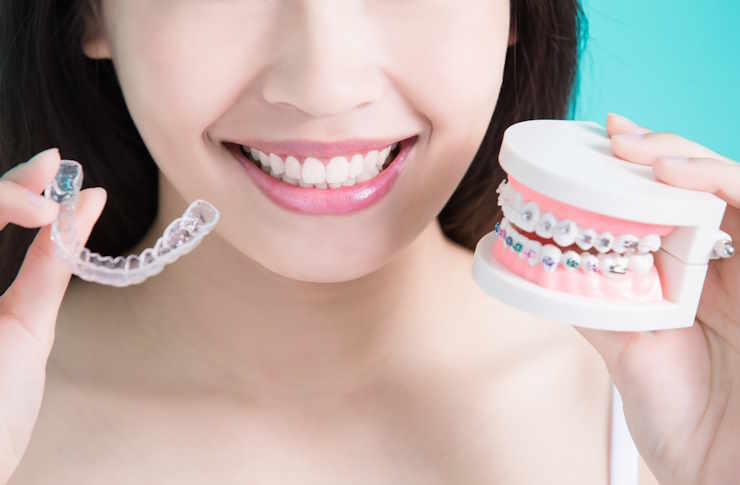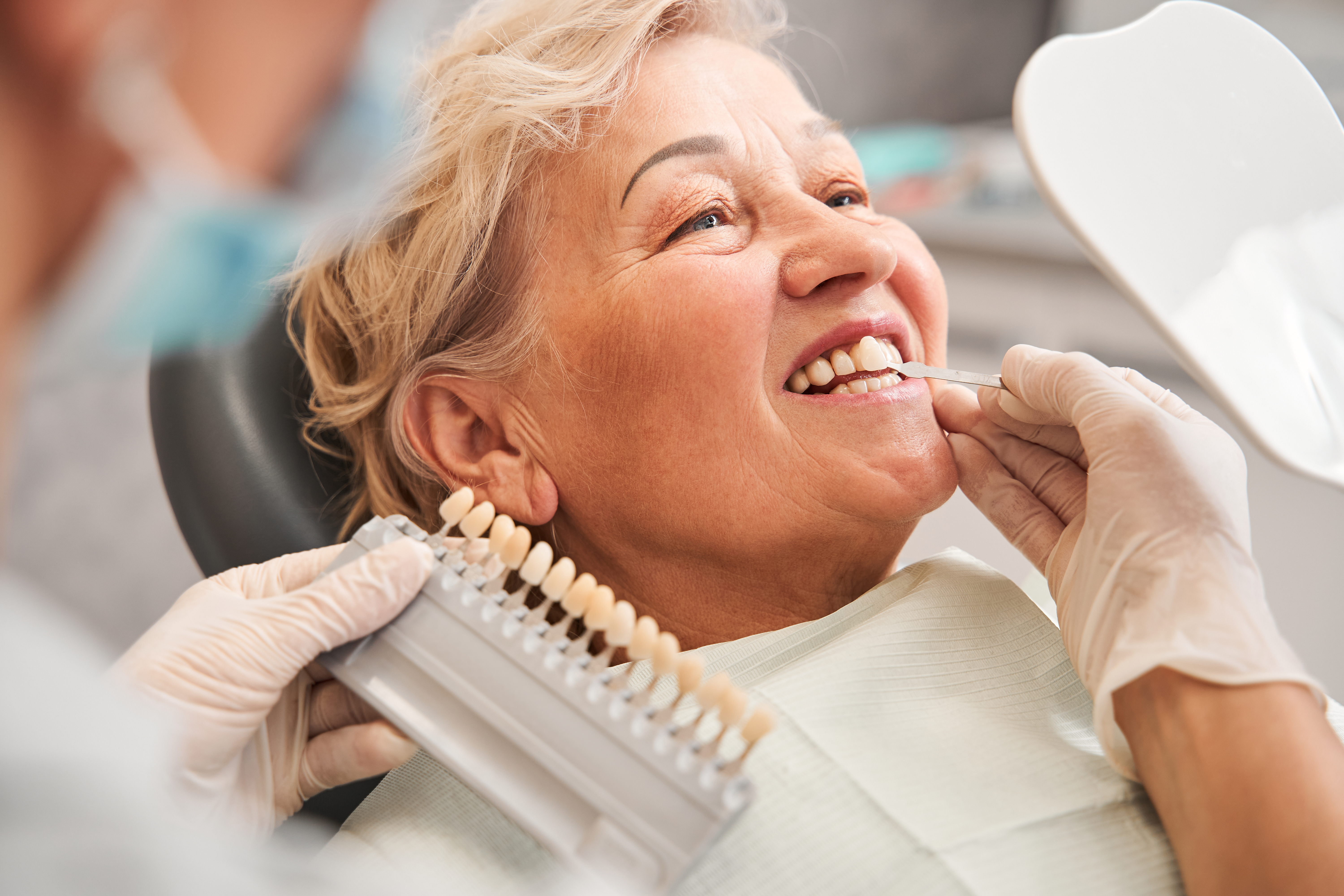Dry Eye Treatment in the AU: Options and Considerations
Dry eye treatment in the AU includes a range of options designed to relieve discomfort and improve daily eye care. Depending on the severity, treatments may involve artificial tears, lifestyle adjustments, or specialist advice. It is important to consult a qualified professional to understand which approach is most suitable for individual needs.

Understanding Dry Eye Treatment Fundamentals
Dry eye treatment typically begins with identifying the underlying cause of the condition. Australian eye care professionals generally categorise dry eye into two main types: aqueous deficient dry eye, where tear glands don’t produce enough tears, and evaporative dry eye, where tears evaporate too quickly due to oil gland dysfunction. Treatment approaches vary significantly based on the severity and type of dry eye present.
Initial treatments often focus on artificial tears and lubricating eye drops, which can provide immediate relief for mild symptoms. However, more severe cases may require prescription medications, specialised procedures, or comprehensive management strategies that address lifestyle factors contributing to the condition.
Daily Eye Care Practices for Symptom Management
Incorporating effective daily eye care routines plays a crucial role in managing dry eye symptoms. Simple practices such as taking regular breaks from digital screens, using humidifiers in dry environments, and maintaining proper eyelid hygiene can significantly improve comfort levels.
Australian eye care specialists frequently recommend the 20-20-20 rule: every 20 minutes, look at something 20 feet away for at least 20 seconds. This practice helps reduce eye strain and encourages natural blinking, which distributes tears across the eye surface more effectively.
Environmental modifications also form an essential component of daily eye care. Avoiding direct air conditioning or heating vents, wearing wraparound sunglasses in windy conditions, and staying well-hydrated throughout the day can help maintain tear film stability and reduce symptom severity.
Treatment Options Available Across Australia
The range of treatment options for dry eye has expanded considerably in recent years, with Australian practitioners now offering various therapeutic approaches. Over-the-counter artificial tears remain the first line of treatment, with preservative-free formulations often recommended for frequent use.
Prescription treatments include anti-inflammatory medications such as cyclosporine and lifitegrast, which help increase natural tear production and reduce inflammation. Some patients benefit from punctal plugs, tiny devices inserted into tear ducts to slow tear drainage and keep the eye surface moist for longer periods.
Advanced treatment options available through specialised clinics include intense pulsed light therapy, thermal pulsation treatments for meibomian gland dysfunction, and autologous serum eye drops made from the patient’s own blood components. These treatments typically require evaluation by experienced eye care professionals to determine suitability.
Accessing Professional Care in Your Area
Finding appropriate professional care involves consulting with optometrists or ophthalmologists who specialise in dry eye management. Many practices across Australia now offer comprehensive dry eye assessments using advanced diagnostic equipment to evaluate tear film quality, gland function, and overall eye surface health.
Local services often provide a range of treatment options under one roof, from basic artificial tear recommendations to advanced therapeutic procedures. Many practitioners work collaboratively with patients to develop personalised treatment plans that consider individual symptoms, lifestyle factors, and treatment preferences.
Telehealth consultations have also become more available, particularly for follow-up appointments and treatment monitoring, though initial assessments typically require in-person evaluation for accurate diagnosis and treatment planning.
Cost Considerations for Dry Eye Treatment
Treatment costs vary significantly depending on the type and complexity of interventions required. Basic artificial tears and lubricating drops typically cost between $10-30 per bottle, with preservative-free options generally priced at the higher end of this range.
Consultation fees with eye care professionals range from $80-200 for comprehensive dry eye assessments, with some costs potentially covered under Medicare or private health insurance depending on the circumstances and provider type.
| Treatment Type | Typical Cost Range | Insurance Coverage |
|---|---|---|
| Artificial Tears (OTC) | $10-30 per bottle | Not covered |
| Professional Consultation | $80-200 | Partial Medicare coverage possible |
| Prescription Eye Drops | $50-150 per bottle | PBS subsidy may apply |
| Punctal Plugs | $200-400 per procedure | Limited coverage |
| Advanced Therapies (IPL, LipiFlow) | $300-800 per session | Generally not covered |
Prices, rates, or cost estimates mentioned in this article are based on the latest available information but may change over time. Independent research is advised before making financial decisions.
Long-term Management Strategies
Successful dry eye management often requires ongoing attention and periodic treatment adjustments. Regular follow-up appointments help monitor treatment effectiveness and identify any changes in condition severity or underlying causes.
Many patients find that combining multiple treatment approaches yields better results than relying on a single intervention. This might include using prescription drops alongside environmental modifications, dietary supplements, and specific eye care routines tailored to individual needs and lifestyle factors.
Understanding that dry eye is often a chronic condition helps set realistic expectations for treatment outcomes. While complete elimination of symptoms may not always be possible, most patients experience significant improvement in comfort and quality of life with appropriate treatment and management strategies.
Dry eye treatment in Australia encompasses a comprehensive range of options, from simple over-the-counter solutions to advanced therapeutic procedures. Success in managing this condition typically depends on accurate diagnosis, appropriate treatment selection, and consistent implementation of both professional treatments and daily eye care practices. By working with qualified eye care professionals and maintaining realistic expectations, most individuals can achieve meaningful symptom relief and improved eye comfort.
This article is for informational purposes only and should not be considered medical advice. Please consult a qualified healthcare professional for personalized guidance and treatment.




